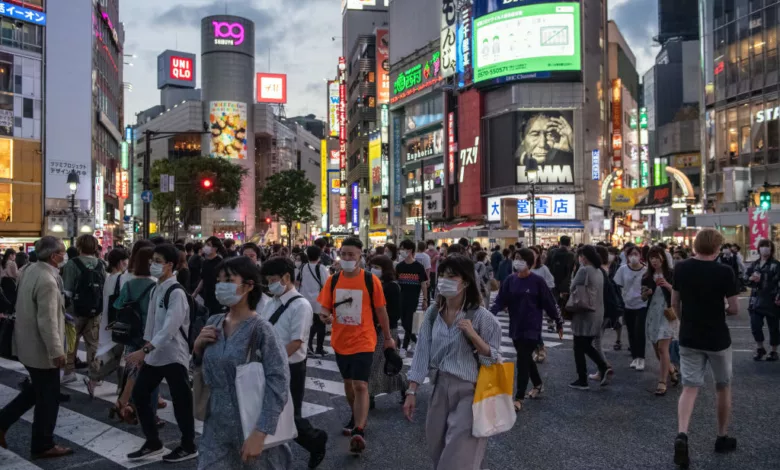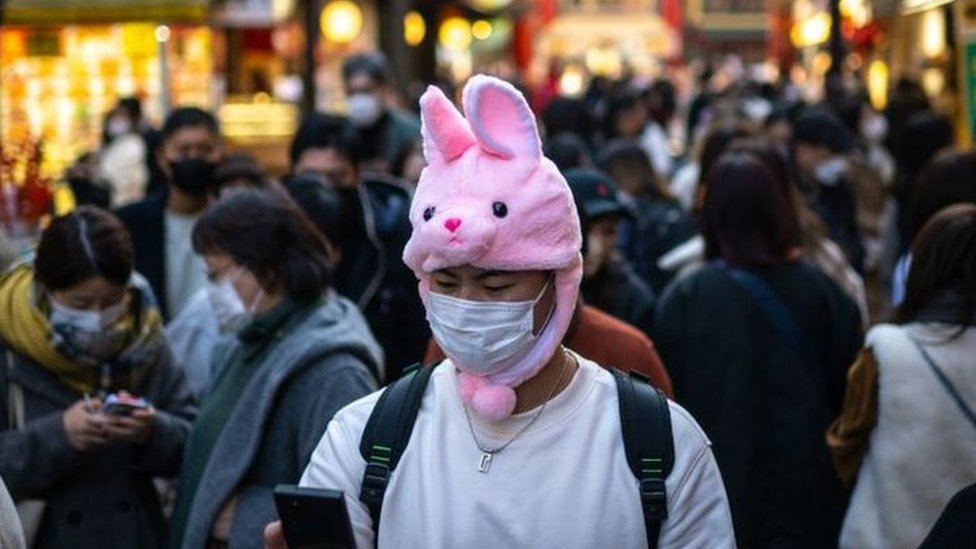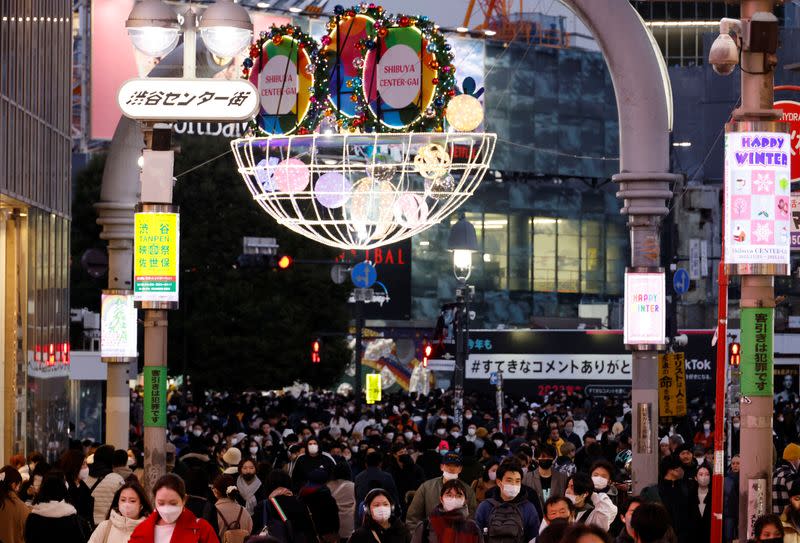Inflation In Japan Breaks The Record Of 41 Years, Reaches 4% In December

Japan‘s core consumer prices rose 4.0% from a year earlier in December, doubling the central bank’s 2% target and hitting the record of 41 years. Year-on-year growth of the core CPI thus exceeded the BOJ‘s 2% target for the ninth month in a row. Kuroda argued that global commodity costs account for half the extent of price increases in Japan.
October data showed a rise in raw material prices and a weaker yen caused a 15.2% rise in energy costs, while non-perishable food rose 5.9%, the fastest growth since March 1981. Among food, 88% were more expensive than a year ago, led by alcoholic beverages such as beer and sake. Prices of durable household goods rose 11.8%, their biggest increase since March 1975, driven by transportation, raw material, and energy costs and a weak currency.
The data suggest that Japanese firms may be shaking off their deflationary mindset as they apply price increases to a widening range of products. Of the 522 items that make up the core consumer price index, 406 were more expensive in October than a year earlier. In September, there were 385 of them. The BOJ forecast that average prices for the fiscal year to March 2023 would be 3% higher than in 2021-22, but that growth for 2023-24 would be only half that as a commodity and other cost factors fade.
In a sign that subcontractors are struggling with pressures on wholesale prices, the business price index for goods jumped 9.1% in the year to October.
Crisis In Japan
There are also economic depressions, which are prolonged periods of economic declines, such as the Great Depression of the 1930s. While Japan’s economy grew over this period, it did so much more slowly than other industrialized countries. Japan’s stock and real estate bubbles burst to start in the fall of 1989. Stocks fell 60% from late 1989 to August 1992, while land values fell throughout the 1990s, falling a whopping 70% by 2001. As a result, from 1991 to 2003, Japan’s economy, as measured by GDP, grew by only 1.14% per year, well below that of other industrialized countries.
Errors in Bank of Japan Interest Rates
Monetary policy was stop-and-go; concerns about rising prices called inflation and skyrocketing asset prices. As share values fell, the BoJ continued to raise interest rates as it continued to deal with ever-appreciating property values.
Higher interest rates helped end rising land prices, but also sent the overall economy into a downward spiral. It was too late, the liquidity trap had already been set and the credit crunch was coming.

A liquidity trap
In this, the investors and others are sitting on cash. They may do this for several reasons: they don’t believe they can get a higher return from investing, or they believe deflation—or falling prices—is on the horizon. Under such conditions the beliefs of households and investors become reality. In a liquidity trap, low-interest rates within monetary policy become ineffective. People and investors do not spend or invest.

Fiscal Measures
One way to get them to do this is through fiscal policy. Governments can give money directly to consumers by reducing tax rates, issuing tax credits, and public spending. Japan has tried several fiscal policy measures to get out of the liquidity trap.
An increase in the money supply
One can increase the real money supply instead of targeting nominal interest rates. A central bank can help the economy regardless of a set target interest rate (such as the US central funds rate) through the purchase of government bonds in open market operations.
This is when a central bank buys a bond. This is known as debt monetization. (It should be noted that open market operations are also used to achieve and maintain target interest rates, but when the central bank monetizes debt, it does so regardless of the target interest rate.)
In 2001, the Bank of Japan began focusing on the money supply instead of interest rates, which helped ease deflation and stimulate economic growth. However, when the central bank injects money into the financial system, banks have more money on hand, but they also have to be willing to lend that money.
Credit Crunch
Financial institutions may not lend for several reasons, including The need to hold reserves to repair bank balance sheets after they suffered losses. Calculated risk-taking and lending are the lifeblood of a free market budget and economy. In the same way that a liquidity trap leads to deflation, a credit crunch contributes to deflation because banks are unwilling to lend. Therefore, consumers and businesses cannot spend, causing prices to fall.
Solving the credit crisis
Similar to a liquidity trap that leads to deflation, a credit crunch contributes to deflation because banks are unwilling to lend. Less borrowing means less new money is being injected into the economy. As a result, consumers and businesses cannot borrow and spend despite low-interest rates, causing prices to fall further. Below are some possible solutions to the credit crunch.
Restructuring of banks
Although public funds were made available to banks to restructure their balance sheets, they did not do so due to fear of the stigma associated with revealing long-hidden losses and fear of losing control to foreign investors. Bank losses usually need to be recognized to get out of the credit crunch, while the banking system needs to be transparent.
edited and proofread by nikita sharma






